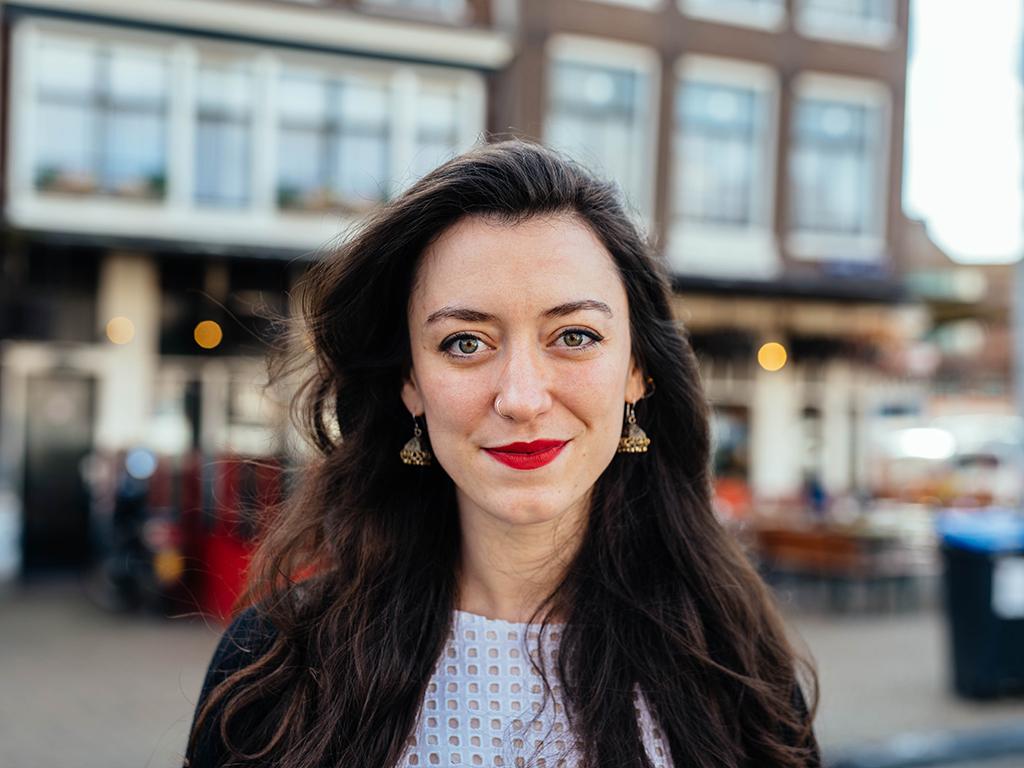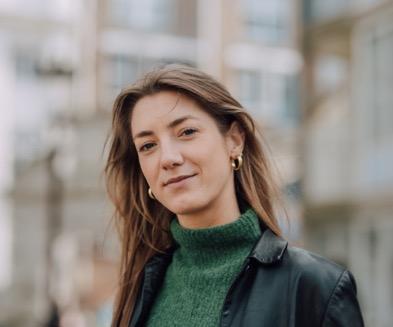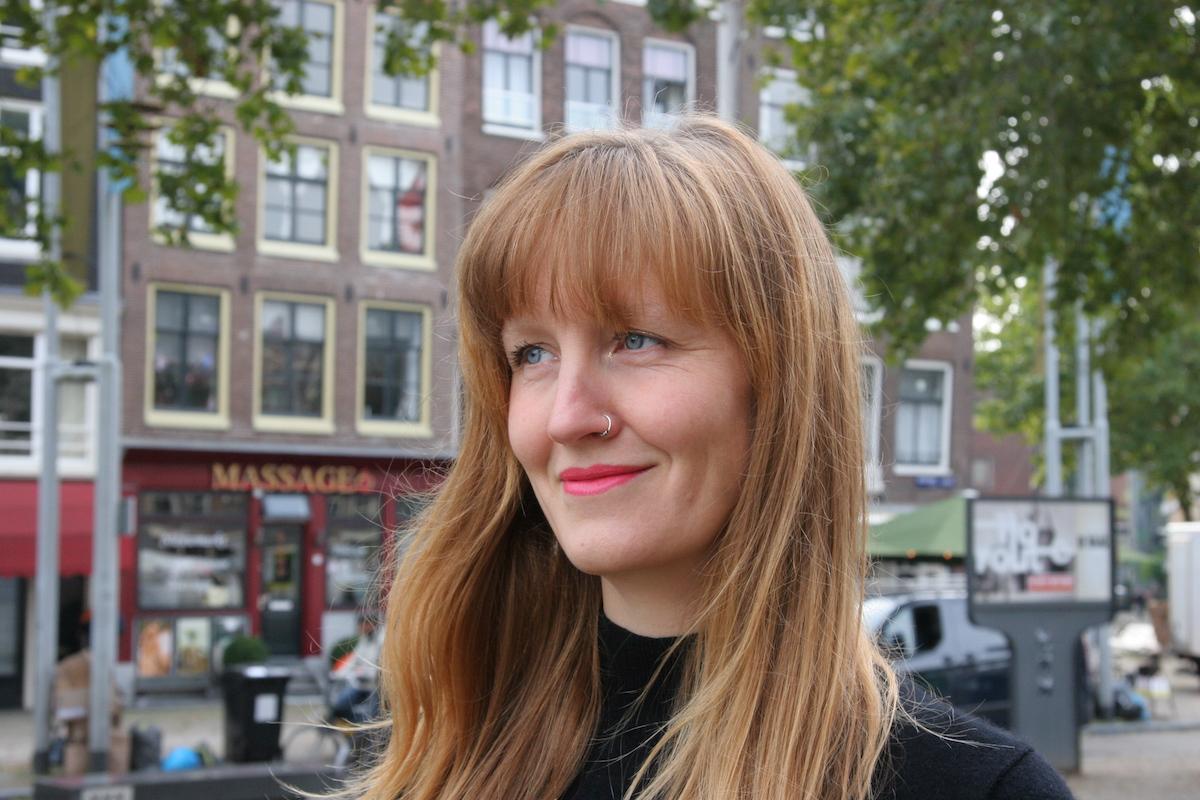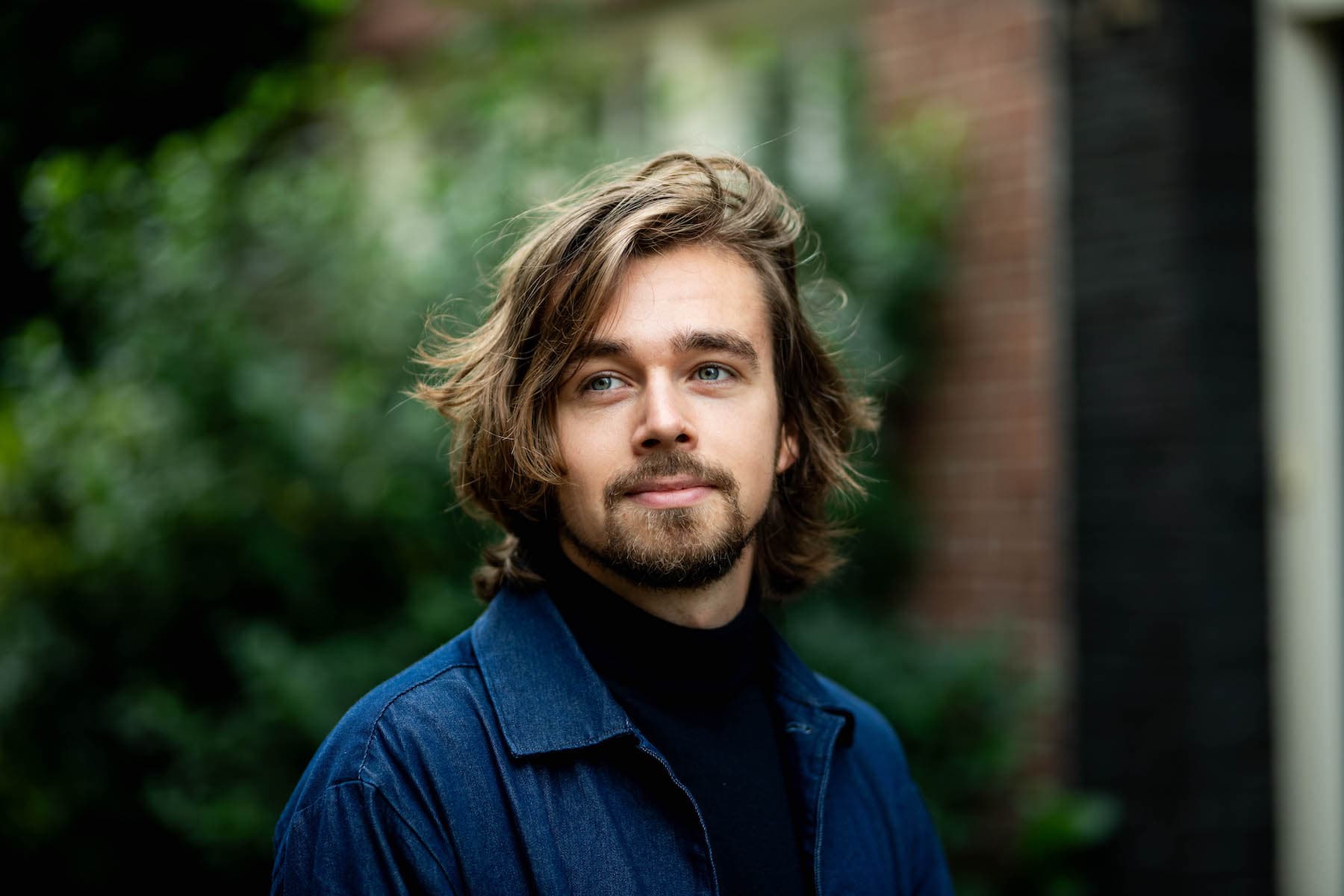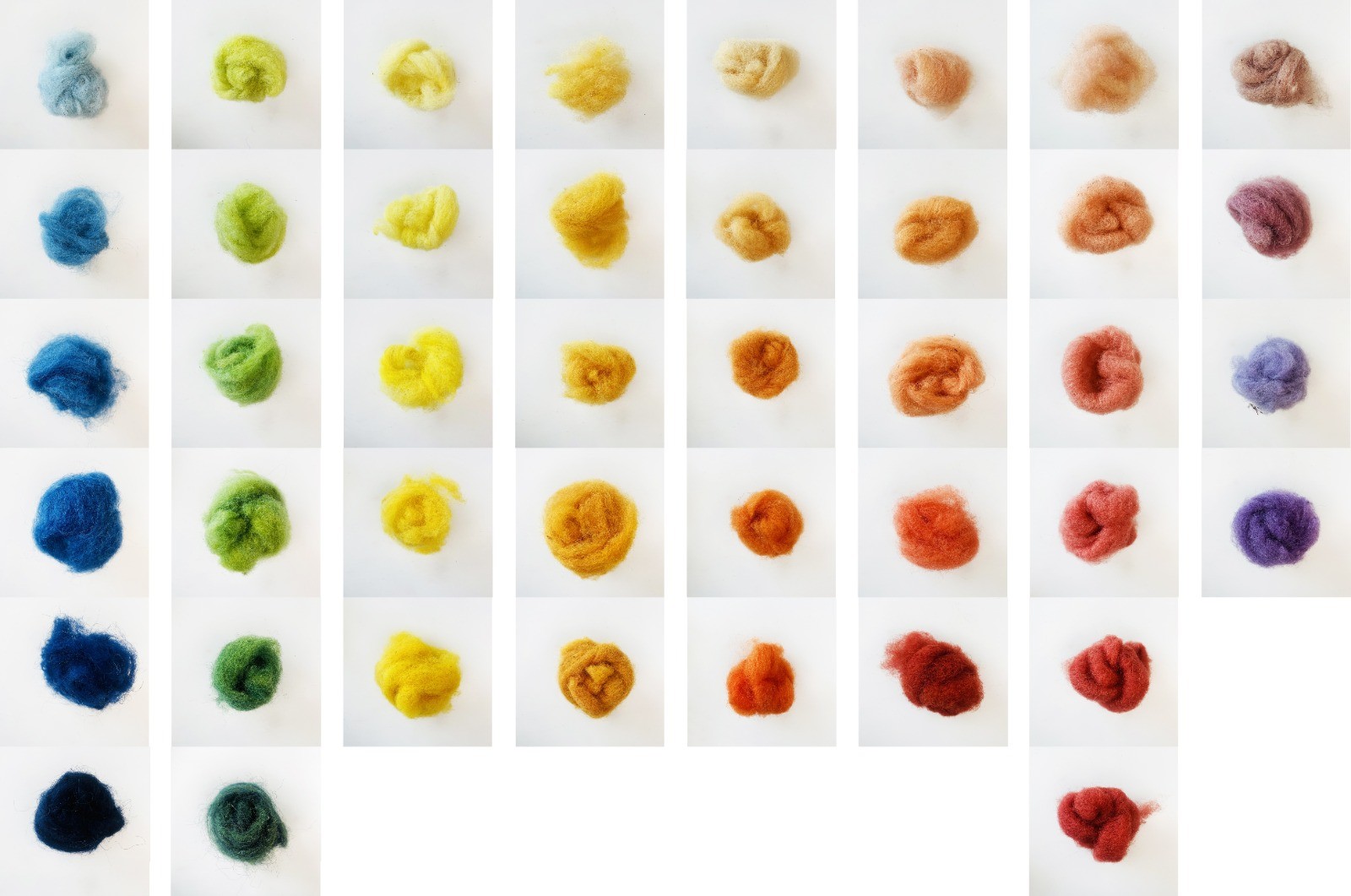
Local Color
Local Color is a three-year project researching the conditions for a regenerative city that facilitates the growth of local biochromes to be used for closed-loop, local production on a small city scale. How can the city act as an enabling environment that creates awareness and supports local collaboration on the topic of plant-based biochromes and their applicability for natural dyes of textiles?
With the rise of green urban areas supported by local policies, we believe that Local Color can add another layer of functionality to public spaces by transforming these green spots into community-driven dye-gardens used for local production. What happens when the growing and harvesting of dye-plants happens in the city and citizens will experience the endless colourful possibilities? Will citizens start to relate differently when they understand the possibilities with what is already out there?
Local Color will bring local stakeholders together and aims to stimulate, uncover and activate local value-chains. It will tap into the already existing interests, activities and initiatives on natural dyes that permeate the city and its inhabitants.
Simultaneously the project will research possible innovations with hands-on experimentation while re-exploring heritage and ancient knowledge. Through the lens of technologies of today such as digital fabrication and biotechnology, we will explore the possibilities to redesign processes that will benefit the natural dyeing outcomes whilst being environmentally friendly and more in sync with natural cycles.
Vision: About the project
Local Color aims to revive biobased ways of coloring textiles, for example by using the natural colors from plants, bacteria and other living organisms. The plants that are used in the research to color textiles, will be grown on balconies, small local urban gardens and communal green areas in the Amsterdam region.
In doing so, this explorative research tackles several challenges: first, the implementation of more circular and sustainable flows and production alternatives within the city – following up the efforts of the Reflow Textiles Pilot and the Shemakes’ Wool Mondays.
Second, to reevaluate the heritage and history of biobased, local coloring techniques - starting from the yearly Biochromes lecture in Fabricademy - to take a step back into what we forgot we already knew, and a step forward into new possibilities.
Third, to create awareness amongst citizens to recognise the natural systems for how they are and how they work. Citizens are invited to participate in community-driven growing and natural dyeing activities. To conclude, Local Color hopes to literally plant the seeds for a more enabling city that acts between the natural and planetary boundaries.
By whom?
Waag’s TextileLab Amsterdam, together with the Biomaterials Studio from research partner Amsterdam University of Applied Science, and Clean & Unique.
How will we do it?
After almost 7 years of operations, TextileLab has crafted a model of how the lab operates and innovates: where systemic tinkering and a holistic approach come together to question, research and enable change in the textiles field towards more sustainable paths. The Local Color research will map out possibilities and bring knowledge back to the community.
We will explore the following: who are the local stakeholders? Which craftsmen, growers, designers, and different practitioners are already at the forefront of these topics? How can we connect the communities and stakeholders to create a truly circular textiles coloring value-chain? Together with the main research questions, these and other subjects will be presented in a final (online) publication and a public symposium.
